
When renovating or designing a bathroom, one of the most crucial decisions you'll face is selecting the right tiles. Tiles contribute to the space’s overall aesthetics but also serve practical functions, such as water resistance and durability. With an overwhelming variety of options available, from ceramic and porcelain to natural stone and glass, making the right choice can seem daunting. Each type of tile has its own set of characteristics, benefits, and drawbacks that need careful consideration to ensure that they meet your specific needs and preferences.
Moreover, the choice of tiles can significantly impact the ambiance and functionality of your bathroom. The color, texture, and size of tiles can create different visual effects, making a small bathroom appear larger or adding a touch of luxury to a modern design. Beyond aesthetics, you should also take into account factors such as slip resistance, ease of cleaning, and compatibility with underfloor heating. Is this all sounding overwhelming? Don't worry! Check out our expert guide on the various factors to consider when choosing tiles for your bathroom and simplify the renovation process.
Knowing Your Options
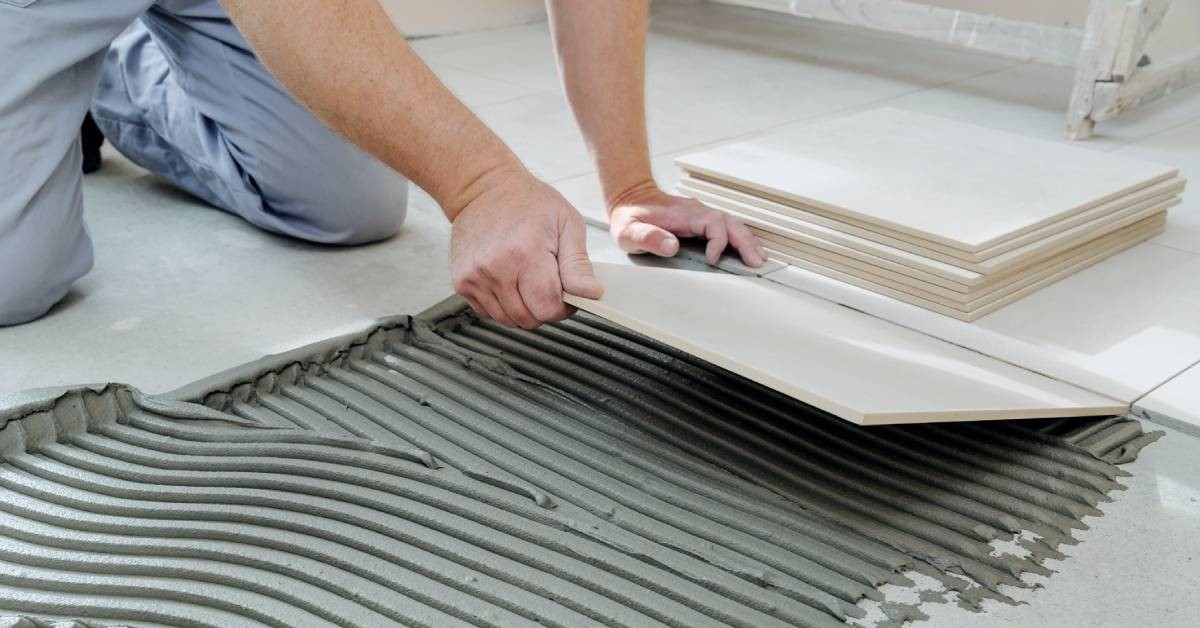
When it comes to bathroom tiles, the sheer number of options can be quite bewildering. Understanding the attributes of different types of tiles is the first step in making an informed decision.
Ceramic Tiles
Ceramic tiles are popular for bathroom flooring and walls due to their affordability, durability, and versatility. Consisting of natural clay baked at high temperatures, ceramic tiles are available in a plethora of colors, designs, and finishes, allowing for endless aesthetic possibilities. They’re nonporous and resistant to stains, making them easy to clean and maintain, which is an essential feature for any bathroom environment. Additionally, ceramic tiles are relatively easy to install and can withstand regular wear and tear.
Porcelain Tiles
Porcelain tiles elevate the classic appeal of ceramic by offering enhanced durability and a denser composition. Consisting of finer clay and fired at higher temperatures, porcelain tiles have superior strength and a low water absorption rate, making them exceptionally suitable for bathroom environments that frequently experience moisture. Available in both glazed and unglazed finishes, porcelain tiles can mimic the look of natural stone, wood, or even fabric, providing a high-end, sophisticated look without sacrificing practicality.
Natural Stone Tiles
Natural stone tiles, including popular choices like marble, granite, slate, and travertine, bring a touch of natural elegance and luxury to any bathroom. Each stone has unique characteristics, with variations in color, veining, and texture that contribute to its distinct beauty. However, natural stone tiles require more maintenance compared to ceramic or porcelain options. They need sealing to protect against moisture and stains, and their porous nature can make them more susceptible to damage over time. Despite these considerations, the timeless appeal and natural variations of stone can make it a captivating choice for homeowners seeking a sophisticated and unique bathroom design.
Glass Tiles
Glass tiles offer a sleek and modern aesthetic, making them a favorite for creating eye-catching, contemporary bathroom spaces. Available in a wide range of colors, shapes, and sizes, glass tiles can add a vibrant splash of color or elegant shimmer, often serving as accent pieces or mosaic designs. They’re nonporous, highly resistant to stains and moisture, and exceptionally easy to clean, ensuring both beauty and practicality. However, glass tiles can be more expensive and require professional installation due to their fragility and the precision needed to achieve a flawless finish.
Durability and Maintenance
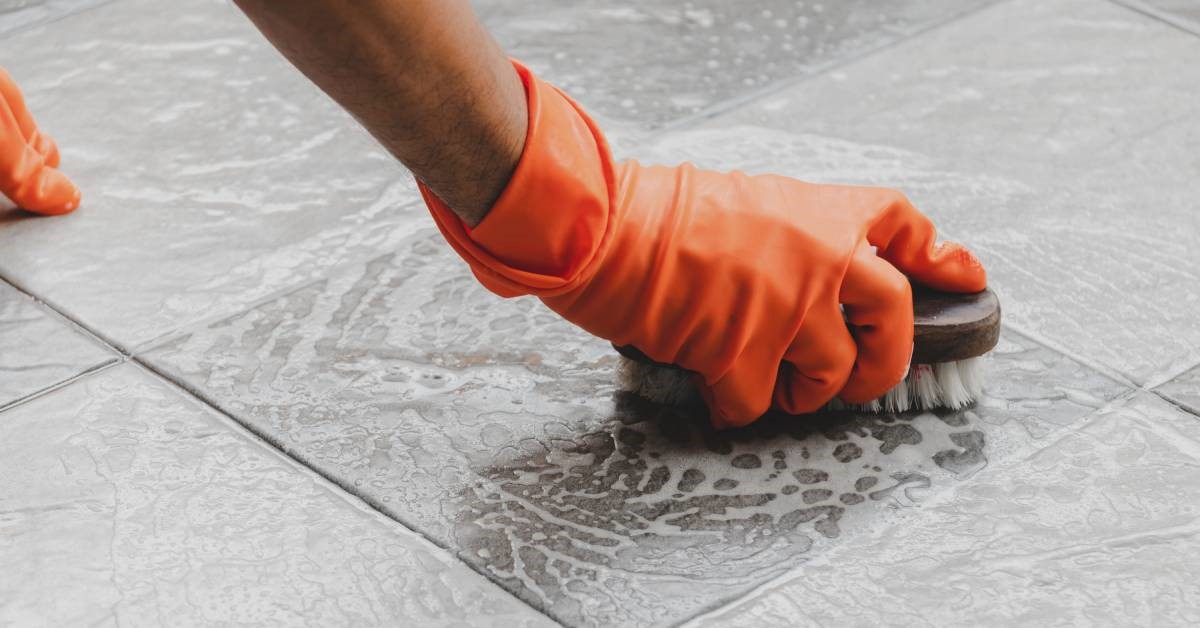
Considering the durability of bathroom tiles is paramount in ensuring that your investment lasts for years to come. Bathrooms are high-traffic areas exposed to moisture, daily wear, and potential physical impacts, all of which can take a toll on the flooring and walls. Choosing tiles that can withstand these conditions without compromising aesthetics or functionality is crucial. For instance, while natural stone tiles boast stunning visual appeal, they’re more prone to damage and require regular maintenance. On the other hand, porcelain and ceramic tiles offer robust durability with minimal maintenance requirements.
Maintenance is another crucial factor you can’t overlook when selecting bathroom tiles. Ease of cleaning can significantly impact your bathroom’s long-term appearance and hygiene. Tiles like glass and ceramic are particularly notable for their nonporous, stain-resistant surfaces, which make them easy to clean and maintain. This is especially important in preventing the buildup of mold and mildew in a damp bathroom environment. By carefully weighing the balance between upkeep and aesthetic appeal, you can select tiles that enhance your bathroom’s beauty and fit seamlessly into your lifestyle.
Design and Style
When selecting tiles for your bathroom, considering design and style is paramount to creating a cohesive and aesthetically pleasing space. The right choice in tile design can drastically transform the look and feel of your bathroom, reflecting your taste and complementing the overall theme of your home. Whether you prefer the classic appeal of subway tiles, the rustic charm of natural stone, or the sleek modernity of glass tiles, each option offers unique possibilities for design innovation. The color, texture, and pattern of your tiles can affect the room's visual dynamics, from making small spaces appear larger to adding warmth and sophistication.
Size and Layout
The size and layout of your bathroom play a crucial role in determining the optimal tile size for your space. Larger tiles can create an illusion of a bigger, more open area, making them an excellent choice for small bathrooms or spaces with minimal natural light. Conversely, smaller tiles or mosaic designs can add intricate detail and texture, lending a unique character to the room. Additionally, the layout of the tiles can influence the bathroom’s overall aesthetic and functionality. Patterns such as herringbone, brick, or grid can introduce visual interest or draw attention to specific architectural features.
Slip Resistance and Safety
It's vital to choose tiles that reduce the risk of slips and falls, especially in a bathroom environment where floors are often wet. Look for tiles with a textured surface or those specifically designed to be slip resistant, typically rated with a slip-resistance coefficient (COF). The higher the COF, the more slip resistant the tile is. This is particularly important for households with children, elderly individuals, or anyone with mobility issues.
Longevity and Resale Value
Selecting the right tiles for your bathroom not only influences the space's immediate appearance and functionality but also impacts its long-term value. High-quality, durable tiles that are both stylish and low maintenance can enhance the longevity of your bathroom, reducing the need for frequent renovations and repairs. Furthermore, well-chosen tiles can significantly boost the resale value of your home by appealing to potential buyers with their blend of practicality and aesthetic appeal. Therefore, investing in the right bathroom tiles is a crucial consideration that pays dividends in both comfort and financial return.
Knowing the factors to consider when choosing the right tiles for your bathroom is a multidimensional decision that encompasses material, design, durability, and safety. By taking the time to carefully consider your options and understand the unique advantages and limitations of each type of tile, you can create a bathroom space that is not only visually stunning but also functional and long lasting. Partner with our Reece Builders team for your Winston-Salem bathroom remodeling to ensure you receive the perfect tiles for your preferences!
Subscribe to Reece Builders's Blog


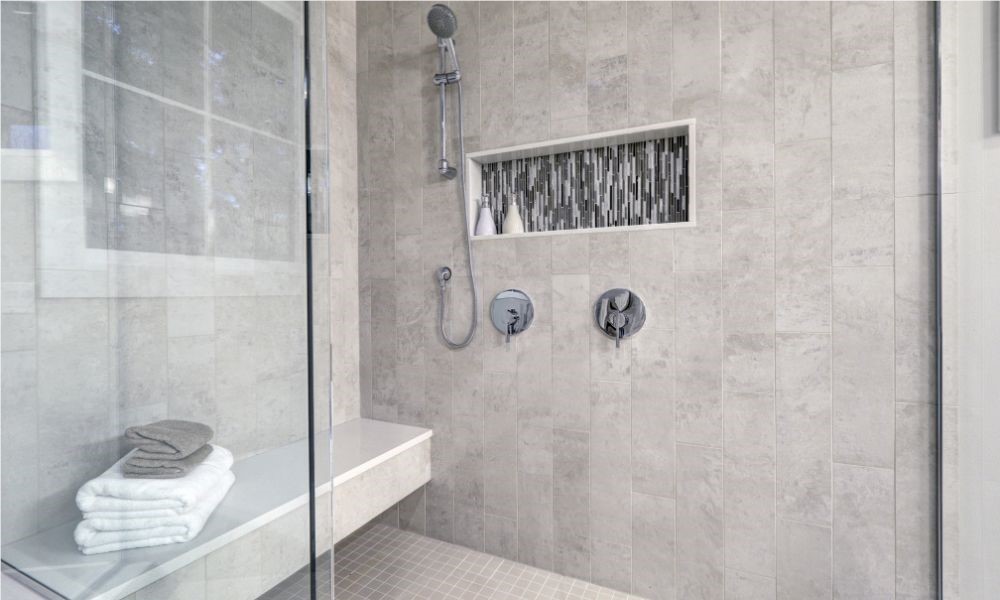
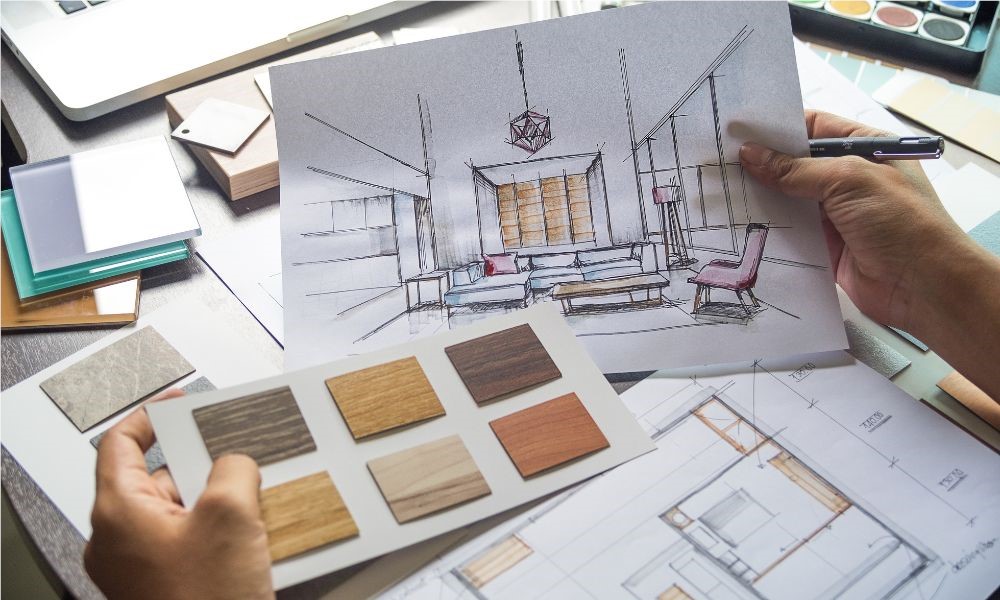
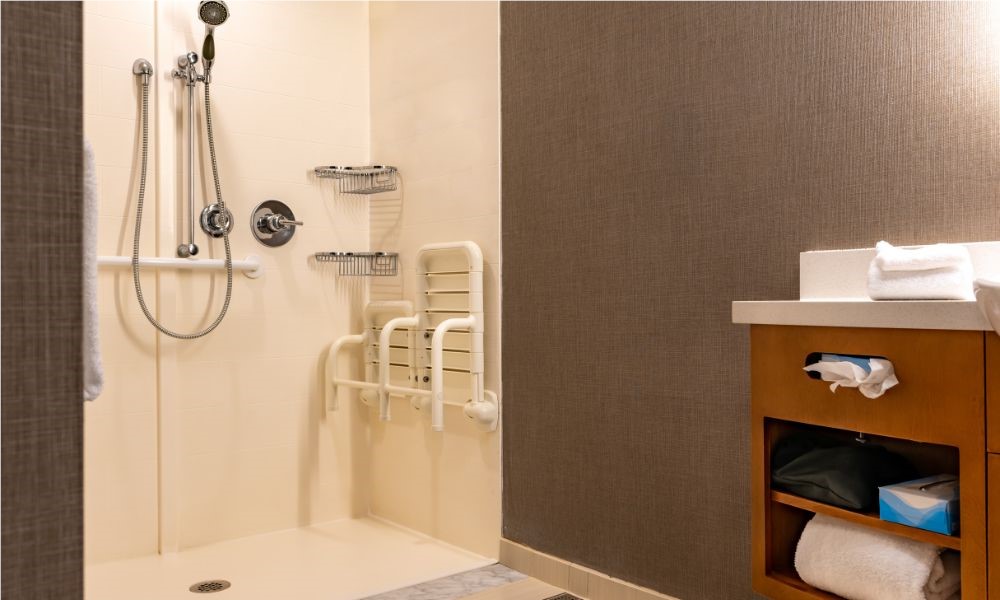
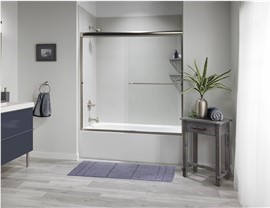
Comments